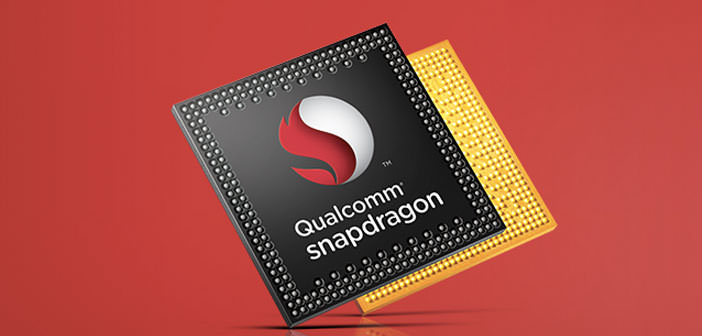Qualcomm Technologies has officially announced the launch of Snapdragon Wear 2100 platform for wearable devices. This is the first chip developed by Qualcomm specifically for wearables.
Qualcomm Inc. has announced during the last few hours the official launch by its subsidiary Qualcomm technologies, of Snapdragon Wear, a new platform for next-generation wearable devices. The platform is supported by the new system-on-chip (SoC) Snapdragon Wear in 2100, the first in a new range, developed to ensure consumers a better experience in the use of wearable devices.
” Qualcomm Technologies is the leader in the field of wearable technology with its vast array of products for this market including the Snapdragon™ 400 processors. The heart of most smartwach Android Wear ” says Raj Talluri, senior vice president, product management, Qualcomm Technologies, Inc. ” With the introduction of the Snapdragon Wear platform and SoC Snapdragon Wear 2100, Qualcomm Technologies is poised to extend its advance in wearable technology, ensuring even more minimal design, longer battery life, smart features sensing in addition to the always-on connectivity to next-generation wearable devices. It is expected that these improvements have a strong diffusion in the mobile ecosystem, fashion and sports world. ”
The new SoC Snapdragon Wear 2100 is the smallest compared to the 30% popular Snapdragon 400 and allow it to develop new designs for wearable who are about as well as being thinner and lighter. Also improved the resource management system that allows a time saving of about 25% compared to Snapdragon 400 with respect to the battery life.
Inside the chip was then introduced a new sensor-hub with low energy consumption, which will be able to develop more complex algorithms and thus offer greater accuracy in the management of the sensors in the various devices.
Thanks to its experience in the field of connectivity and networks, Qualcomm has finally included within the chip Snapdragon Wear 2100 a modem equipped with Bluetooth and WiFi connectivity for low-power for an increasingly connected user experience.

